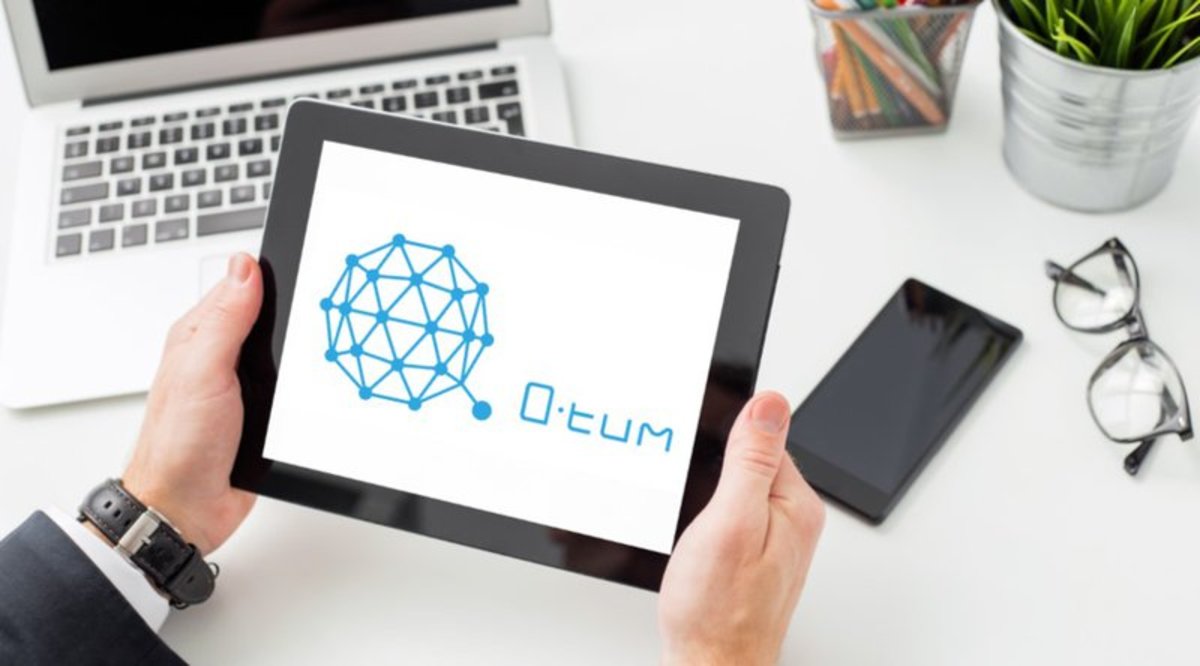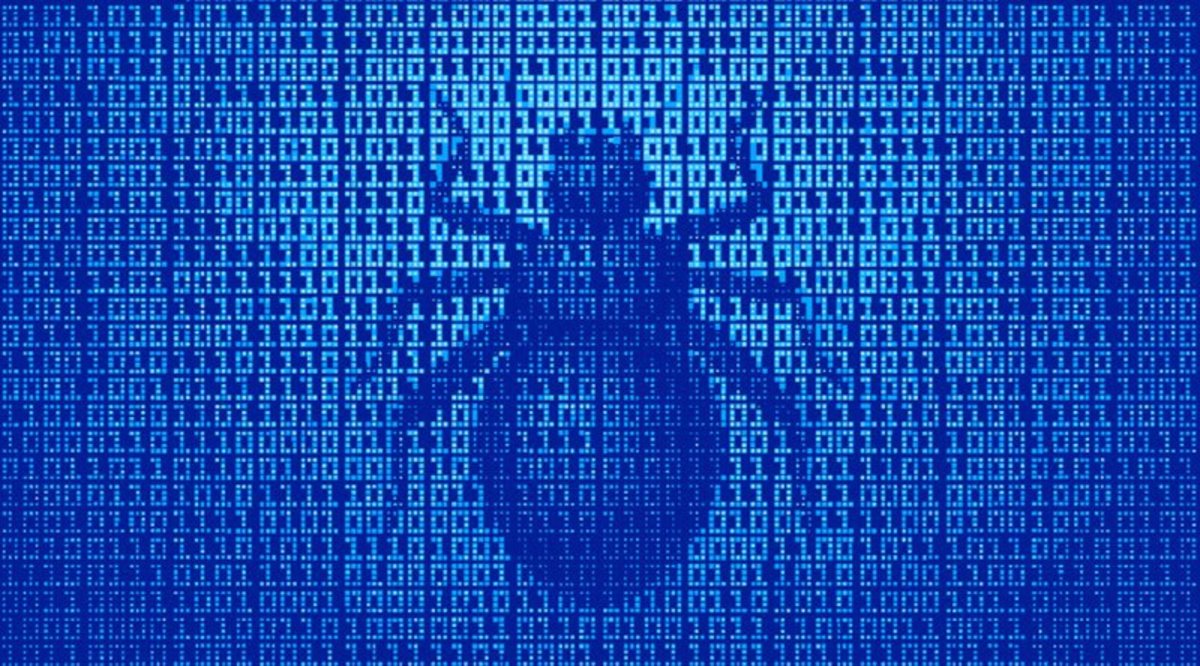
Smart contracts and decentralized applications (DAPPs) are coming to mobile phones, tablets and IoT appliances according to the Qtum Foundation, the Singapore-based foundation driving the development of Qtum, the open-source value transfer protocol and decentralized-application platform for businesses.
The first blockchain protocol that can execute smart contracts with a proof-of-stake consensus mechanism based on an Unspent Transaction Output (UTXO) model, Qtum believes mobile stakeholders will be an important part of its network and will include businesses as well as individuals.
Speaking to Bitcoin Magazine, Qtum Co-Founder and CEO Patrick Dai stated, “We want Qtum to be the easiest blockchain network to use. That’s why we are pushing our Go-Mobile strategy. Today, everyone and everything is moving, that’s why we can’t have a network that is run by stationary objects.”
Qtum makes this possible through a combination of features of the Ethereum and Bitcoin protocols. Existing smart contract platforms require clients to run a full node and hold a full blockchain copy to run DAPPs, an untenable prospect for smaller devices in a low bandwidth environment. Qtum gets around this requirement by stacking the Ethereum Virtual Machine (EVM) on top of Bitcoin’s UTXO architecture, making EVM accessible with lite wallets and the SVP protocol.
This innovation allows users to interact with the Bitcoin network and validate their own transactions without having to download and sync with the entire blockchain.
“Making smart contracts work on smartphones and tablets heralds a new age in the field of decentralized computation,” said Dai. “With about half of all internet traffic being generated by mobile devices, every real-world use case for decentralized applications would massively benefit from mobile support — especially if we’re taking the tendencies of developing markets into account.”
Highlighting Qtum’s goal of being a protocol for commercial applications, Dai also noted that “bringing the blockchain to mobile devices isn’t just about consumers, it’s one of the primary platforms for businesses.”
Following heavy community interest, Qtum decided to bring forward the release of a source code snapshot for public review, illustrating how the platform will work.
In addition to bringing smart contract and DAPP functionality to mobile and connected devices, Qtum sees its platform as a way for smart contract technology to be utilized to control “non-smart” hardware, bringing even legacy hardware and devices into a blockchain-secured IoT.
“Relying on existing Raspberry Pi–like devices already present in most standard appliances, Qtum smart contracts can potentially control any device with an accessible API,” said Jordan Earls, co-founder of the Qtum Project. “This way the interaction of ‘things’ in a given business could be programmed and orchestrated with very little investment in specialized hardware.”
With smart city initiatives aiming to utilize blockchain technology to support connected infrastructure and automated services being announced in the last year for China by the Wanxiang Group and for Singapore by the Singaporean government, the environment may be right for Qtum to roll out the feature-rich protocol they have been building.
The Qtum Foundation, having engaged PwC for project management support, will conduct a crowdsale of its Qtum blockchain token starting on March 16. After the crowdsale, further testing of the Qtum blockchain will be conducted before the platform goes live.










